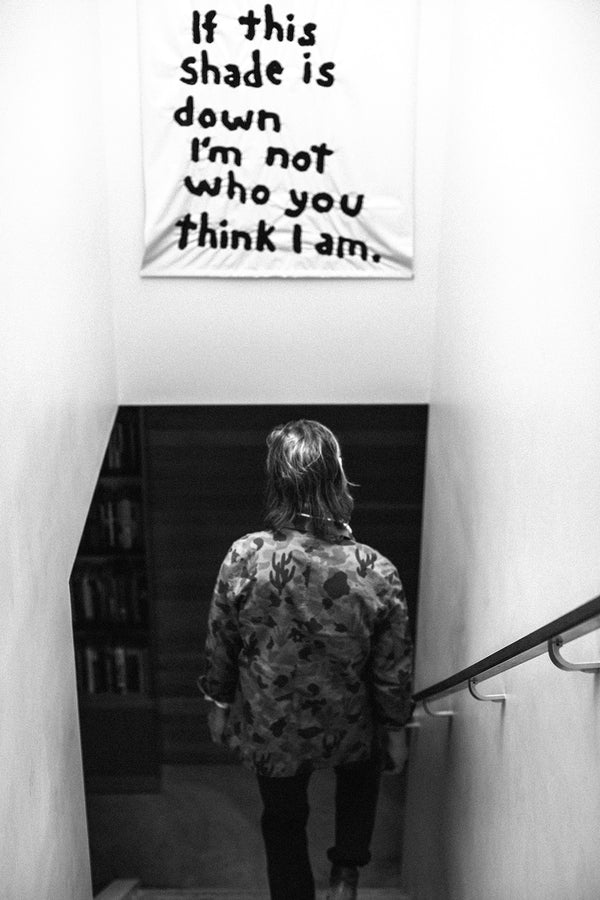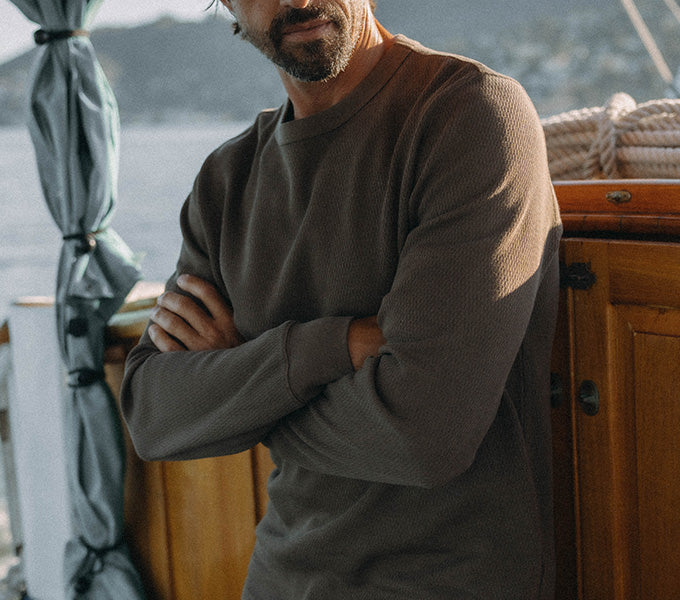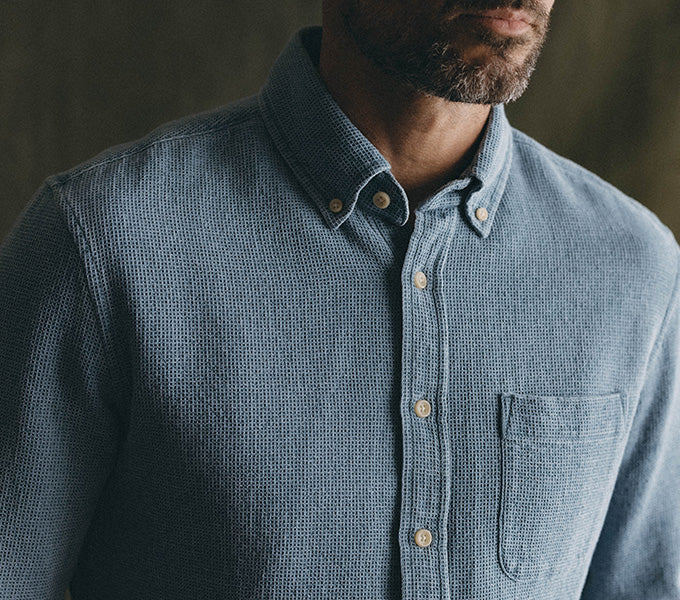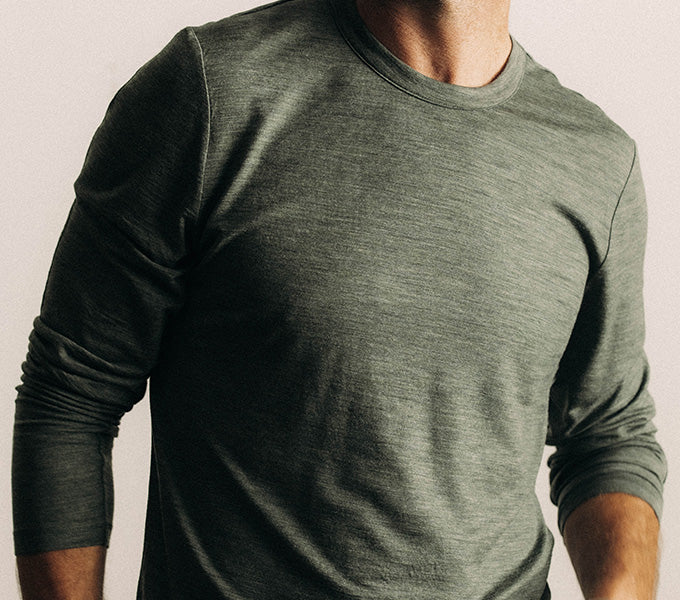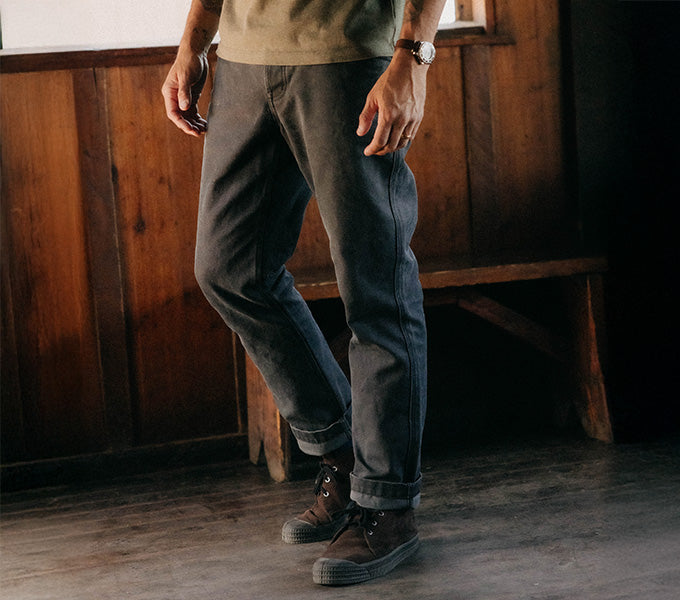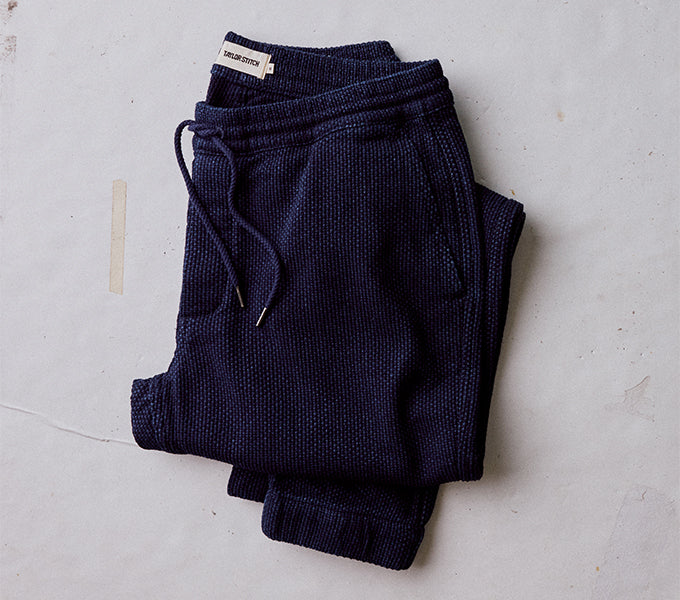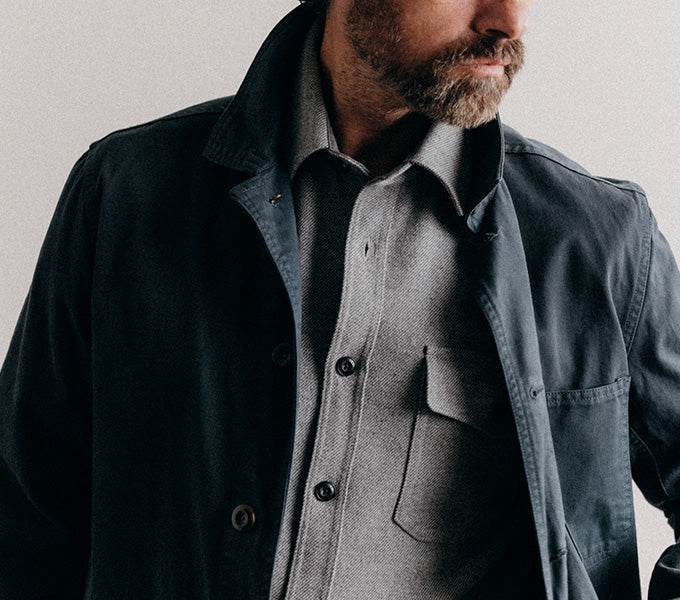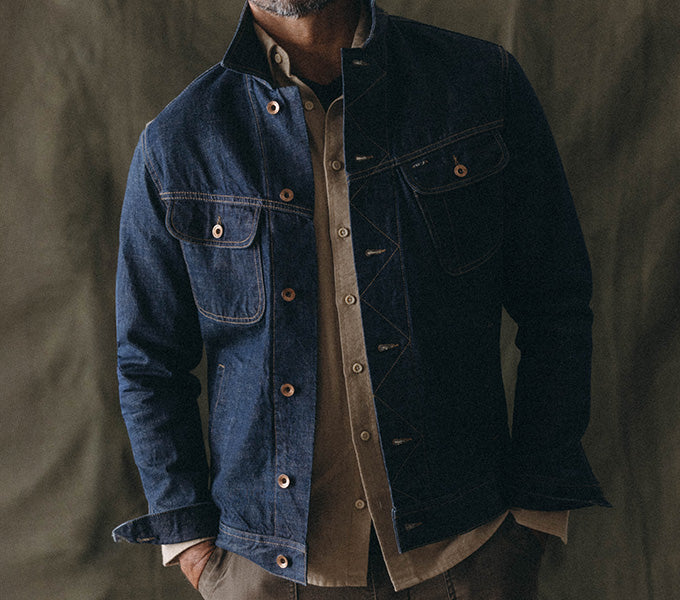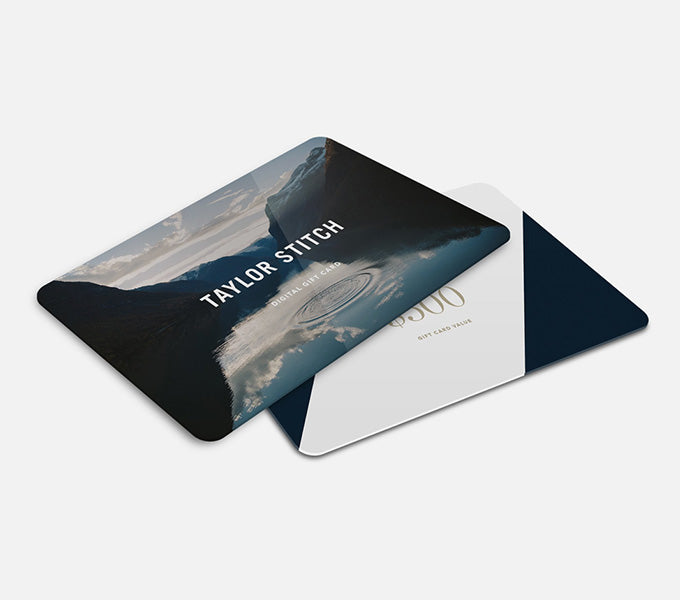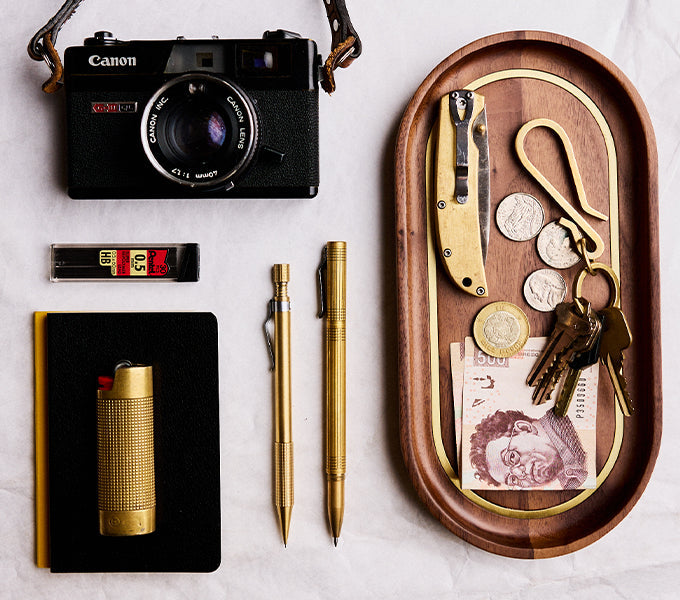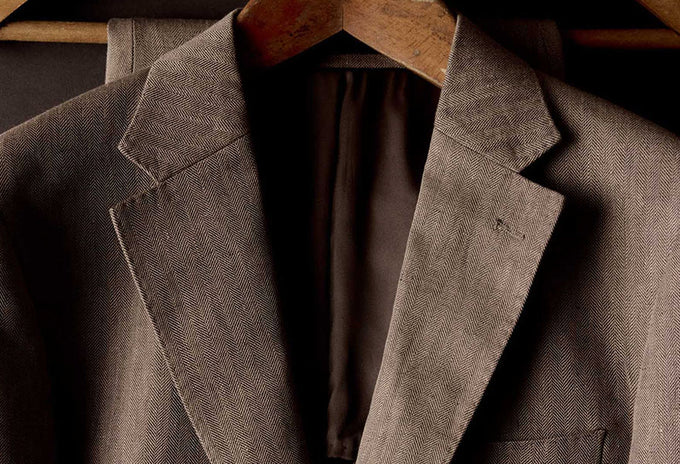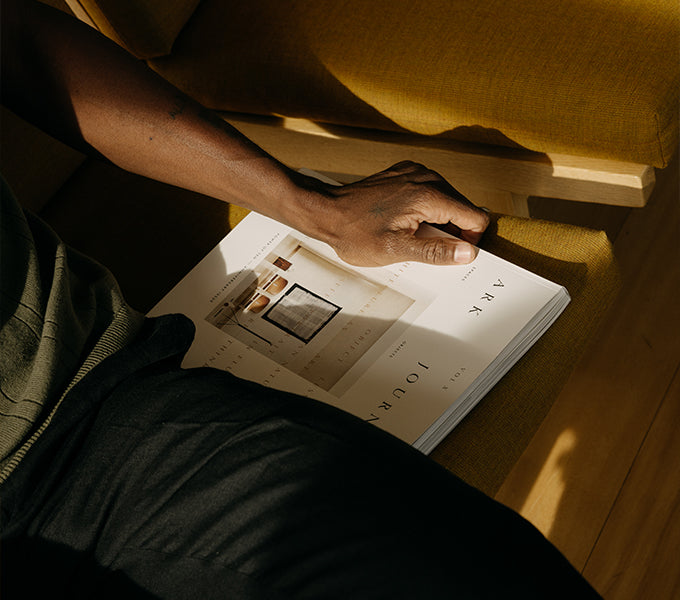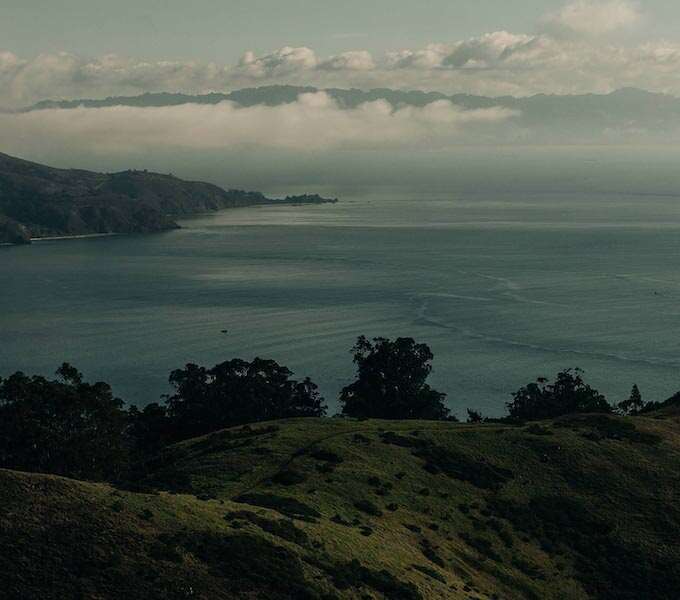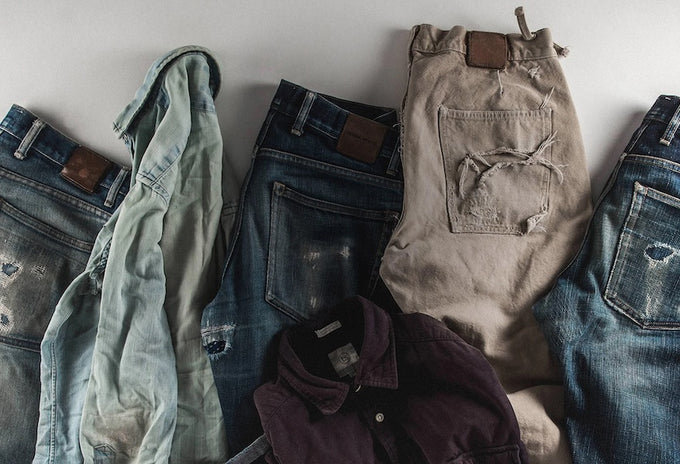Seeking Magic in the Streets with Zachary Royer Scholz
Before the age of ten, Zachary Royer Scholz’ knew he wanted to be an artist. It was only after discovering and nurturing a fascination with found objects that his style began to truly take form. He makes use of discarded materials—mattresses, coat hangers, metal stools—and breathes new life into them, taking his time manipulate their form (with breathtaking results) without betraying what they once were. Maintaining the spirit of any given object—its history, its role in larger schema—is crucial to Scholz’ work, despite the fact that his finished works are often unrecognizable.
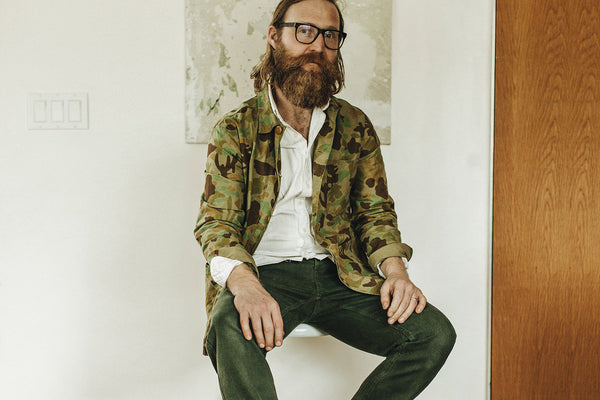
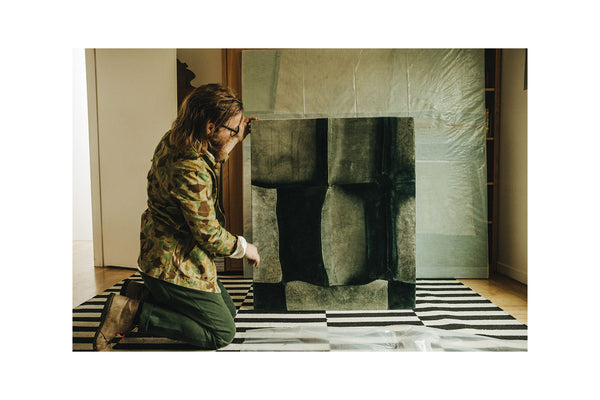
Our chat with Scholz covered a broad range of topics, but at the heart of it all is a set of consistent principles and attitudes, integral to both his work and his lifestyle. His preternatural curiosity makes him well-disposed to the mixed technique approach that he employs, and his disdain for waste goes hand in hand with his reliance on found materials. In drawing inspiration from the past lives of discarded objects, Scholz in turn inspires us to interrogate our own notions of permanence.
Let’s start with an easy one: what do you do?
If only that were an easy question! From my perspective, what I do is totally cohesive, but it doesn’t always appear that way from the outside. I make things; artworks, furniture, functional objects. And I do so with a uniform set of principles and techniques. The way I make things is peculiar, because I always start with something that has already been something else (a piece of discarded furniture, a piece of worn-out clothing, a dead tree), and then I work with it to find a new form and voice that projects its history into the future. Rather than imposing my ideas on the material, I slowly investigate what I’m working with in order to find out what it wants to become. This often requires me to adapt existing techniques, or create entirely new ones, so what I do is always changing.
How did you start making art? What would you say is your medium?
By the first grade, I already had the idea that I wanted to be an artist, though I had no real understanding of what that was. In high school I was fortunate enough to study with the ceramicist Hunt Prothro, who, while ostensibly acting as my pottery teacher, taught me a deeply non-normative and personal approach to creating. For college, I ended up going to Stanford where I majored first in mechanical engineering, then product design, then geology, and finally in art. After college I moved back to the east coast where I worked briefly as an architectural model builder and then for a couple years as a bookseller and music buyer for a independent bookstore. Then, with some prompting from the woman who eventually became my wife, I decided to get a MFA degree.
The things I was interested in doing were all over the map, so I went looking for a school that would support my interdisciplinary approach. I found a good fit at the California College of the Arts. In grad school, I stripped my work down to basic materials and honest techniques. Eventually, I began to engage with the idea that embodied the physical truth that everything is made from material that was something before, stretching all the way back to the exploding supernovas that formed the building blocks that make up everything on our planet.
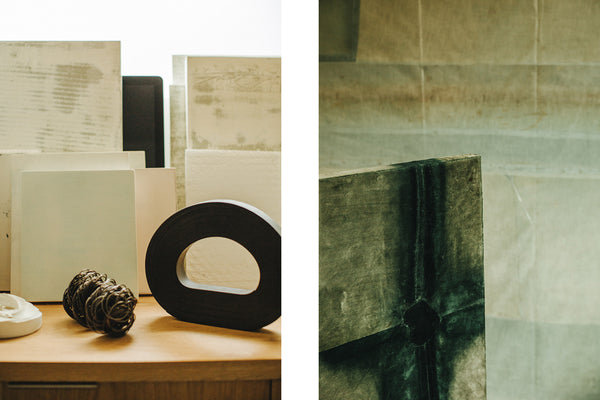
How did you end up in San Francisco?
My relationship with San Francisco is complicated. I was born and raised in Washington DC, as was my father, but my mother grew up in Oakland. I spent every summer of my childhood coming to SF to visit my grandmother. As I mentioned, I moved to the Bay Area in the 90s to attend college, and then moved to San Francisco in 2004 to attend graduate school. 15 years later, on the one hand I feel like a transplant, but on the other, my great-grandfather pitched for the San Francisco Seals. Many of my early childhood memories are from this place.
What’s a day in the life of Zachary Royer Scholz look like?
I have two young daughters, so the last few years have centered around them. I even teach one day a week at my youngest’s preschool. Most days, I bike my daughters to school in my bakfiet, and then I bike home and get to work. Since grad school, I’ve always had my studio in my living space. There are certainly downsides to this: distractions and work-life balance issues. But I like the efficiency of working at home and how I can sometimes work alongside my kids. It’s a special kind of moment to look over from ripping apart couch upholstery and see my girls totally engrossed in crafting tiny dollhouse furniture out of the odds and ends they’ve collected.
What I do specifically on any given day is varied and sometimes unexpected. For instance, right now I am fixing up an old 4-string open-backed banjo that someone threw away. Last week I was working on a series of large wire wall sculptures made from the salvaged steel guts of box springs. Next week, I’m back to working on a sprawling series of wall hangings made from fabric stripped off abandoned mattresses. What I work on any given day goes through cycles with bigger projects intercut by smaller ones. My sewing grew out of repairing the holes I kept wearing in my jeans. It is now a key part of how I make artworks, and has allowed me to design and make smaller soft goods like hats, sleep masks, and eyeglass cases. I find that every new technique opens up whole swaths of unexpected potential.
Outside of the work that I do in one or more of my “studio” spaces, there is the work I do outside the studio gathering materials. This is happening constantly. I don’t go out seeking things, but rather I keep my eyes open and bring back what I find. There is a lot that gets put out on the street in San Francisco; cardboard, metal, and shipping palage salvagers are common, as are everyday people picking things out of “free” piles. However, butchering a king-sized mattress on the sidewalk can still manage to turn a few heads.
What’s your favorite tool, big or small?
A sharp knife! I heard an interview years ago with the chef Jacques Pepin where he gave that answer when asked what kind of knife he liked best. I’m with Jacques: the sharper, the better. I use a number of different knives with regularity, but if I were to pick just one knife, it would be a carbon steel number 12 Opinel. These knives come with a nearly farm implement-sized wooden handle, which I carve down to a much slimmer and, dare I say, elegantly curved profile. It is the perfect tool for cutting up crusty bread, fruit, and cheese when picnicking. Its blade is slim and long enough to really zip through plastic, fabric, and foam, and it’s even beefy enough to split wood for kindling. All that, and somehow it’s lighter than a Swiss Army Knife!
I’m sure it’s hard to pick a favorite, but what’s the most memorable project you’ve worked on?
I am still particularly fond of a solo show I did six years ago here in San Francisco called Nothing is Ever Finished. I made all the work in that show out of other works that I had previously exhibited. I had been reworking reclaimed objects for a while, and it was really informative to turn the process I had developed of reevaluating and reinventing back onto my own stuff. There was a lot of personal risk in the process, too, since the things I was often irreversibly altering were my own finished works. The dynamics of loss and reinvention, damage and repair, are always operating in my work. I remember having conversations with people at the opening who were shocked that I would destroy a work I cared about to make something else without knowing if it’d be better or worse (or nothing at all). I don’t remember exactly what I told them, but I do remember thinking to myself: we do this all the time. Every decision we make sacrifices one thing we value for another we choose to value more and we never know if our choice will turn out the way we hope.
